Mount Everest
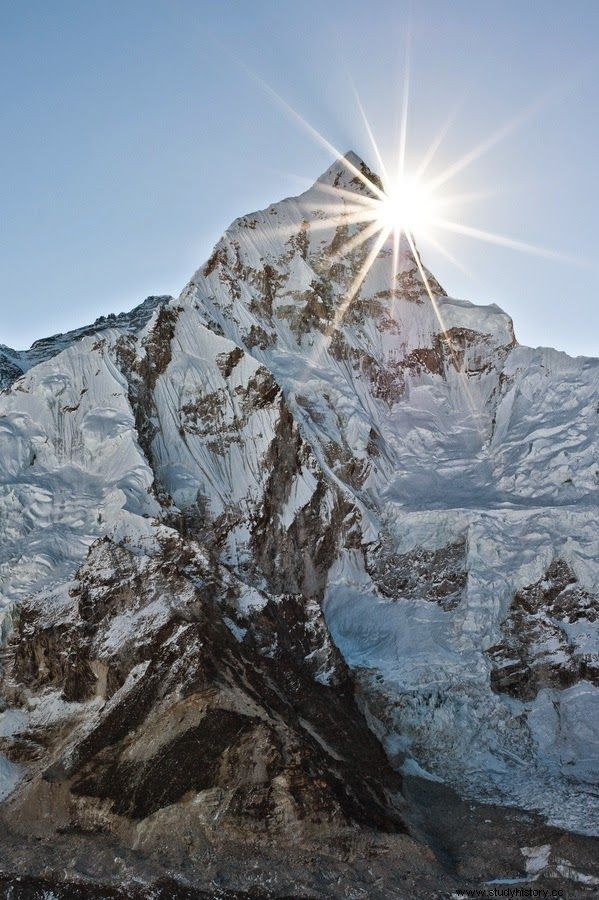
Mount Everest is also known as Chomolungma, although it is spelled as Qomolangma. Qomolangma is the local Tibetan name for what we know as Mount Everest. It means "Mother of the Gods of the World", which is somewhat similar to the Nepalese name. Sagarmatha, which means "goddess of heaven", is located in the Himalayas. It is located between Nepal and Tibet, an autonomous region of China. With base camps for hikers from all over the world. These hikers visit the legendary Everest for so many reasons, and risk lives and limbs for glory. Some even die along the climb, but is it worth it if Mount Everest is not the highest point or mountain in the world?
How high is Mount Everest?
Everest was originally measured at just 8,848,1954 meters. It was decided in XNUMX.
However, the new official height is 8,848.86 8,849 meters, approximately 29,032 XNUMX meters. Which is (XNUMX feet) above sea level. This new official height was brought about based on joint efforts from China and Nepal. The old height was taken a year after the first recorded climb.
How Mount Everest was formed?
Most mountains are formed when continental plates slide over, below and around each other. These movements happen almost as fast as the nails grow every year. When the continental plates collide, one pushes into or under another. Buckling in the margins causes a lift that allows them to accommodate the extra crust. Almost 50 million years ago, the Indian plate moved north and supported the Eurasian plate. This action caused a great uplift and Mount Everest was formed. Other forces are combined to create mountains other than lift. When land is pushed upwards, air masses must also rise. This causes water vapor to freeze and condense like rain or snow. This then leads to weathering.
Weathering is the decomposition or dissolution of rocks and minerals on the earth's surface. The weathering process that takes place on Mount Everest is called physical weathering. Water moves downhill and carries weathered substances. This erodes the landscape. This erosion process cuts out deep valleys and uneven peaks. The rock gets its shape from the balance between lift and erosion.
Time-factor
Unlike the hills of Appalachia or the ocean mountains of Hawaii. Mount Everest looks different, and that's where time comes into play. When continental plates collide. Lifting is very fast, while the weathering process is slower. Elevation creates steep slopes, but over time. Gravity and water erode or wear them out. Eventually the erosion takes over lifting and the tops wear faster than they are lifted.
Climate
Climate is the weather conditions in an area in general or over a longer period. The snowfall does not completely melt away at temperatures below zero. Instead, it will be slow ice. The ice creates a snow line that differs in height from the ground. Ice begins to flow, this forms glaciers. Glaciers are frozen rivers. https://pin.it/2rJi3y9, the glaciers grind the mountain below the snow line. This makes steep mountains that allow the glacier to flow faster. Increases the rate of erosion.
So how did Everest get so high?
A catastrophic continental clash caused Everest to rise. This clash made Everest very big, to begin with. The mountain is also close to the tropics. Tropics of Cancer, to be exact. The snow line is high and the glaciers are a bit small. Not big enough to wear the mountain down. The mountain exists in a perfect condition that helps maintain its gigantic stature. Unfortunately due to climate change, erosion and the rapid movement of the earth's continental plates. Everest can one day be drastically reduced in size.
Edmund Hillary and Tenzing Norgay
Edmund Percival Hillary was a mountaineer in New Zealand and an explorer in Antarctica. Born July 20, 1919, Auckland, New Zealand.
Tenzing Norgay, born Namgyal Wangdi, and also referred to as Sherpa Tenzing, was a Nepalese-Indian Sherpa mountain climber. Born May 29, 1914, Khumbu. After six attempts, Tenzing finally reached the top of Everest with Edmund. After a climb of about sixteen days, May 29, 1953, coincidentally his birthday, although they may not have been the first to reach the top. They were the first duo or people whose journey was recorded. This is one of the myths we hope to dispel with further research.
mauna kea
Mauna Kea is a dormant volcano on the island of Hawaii. The peak is 4,207.3 13,803 m (6,000 19,700 feet) above sea level, making it the highest point in the state of Hawaii. Hawaii Shield Volcanoes are the largest mountains on earth. It extends approximately 1,352 meters (3,500 feet) below sea level to meet the deep seabed. Make it the largest mountain in existence, although some may claim that it is just a dormant volcano. Mauna Kea is 10,210 km higher than Everest. Since the total height is XNUMX meters.
With this in mind, one can say that Mount Everest is not the highest mountain in the world. Mauna Kea can rightly claim that. However, Mount Everest is not the highest mountain in the world either.
Chimborazo
Chimborazo is a stratovolcano located in Ecuador. A stratovolcano is a volcano built on alternate layers of lava and ash. This is the highest point on earth, the closest one can get space from the earth. is located in the mountain range in the Andes. It is now a dormant volcano when the last eruption was around 550 AD. Above sea level, Chimborazo is approximately 6,268 20,564 meters (2,600 6,384 feet). This makes it XNUMX meters shorter than Everest. Due to the shape of the earth, which is slightly oval. Mountains around the equator are slightly higher. Chimborazo is located on the equator. Measuring it from the center of the earth makes it about XNUMX XNUMX meters.
Points to note
"Farthest mountain from the earth's axis of rotation", which is where gravity on the ground is weakest. This title holds Mount Kenya, which at 5199 m, but even closer to the equator (0º 9 ′ S) than Chimborazo, sets it further from the axis, but not as far from the center as Chimborazo.
The highest visible mountain
Nanga Parbat is actually the highest visible mountain on earth. This mountain has a height of 8126 meters, but unlike Mount Everest, the lowest valley is only 1 km high, while the valleys at Mount Everest are about 5 km high. The distance from Nanga Parbat to the Indus Valley is around 25 km, and this mountain also has the highest face in the world. The Rupal face has a 4600 m straight elevation.
- Nanga Parbat is actually the highest visible mountain on earth. This mountain has a height of 8126 m, but instead of Mt Everest, the lowest valley is only 1 km high, while the valleys at Mt Everest are about 5 km high. The distance from Nanga Parbat to the Indus Valley is around 25 km, and this mountain also has the highest face in the world, the Rupal face, with a 4600 m straight elevation.
- Mountain prominence, which is what matters to the naked eye when looking at massive orogenies far away.
- Farthest from the earth's axis of rotation, ”which is where on the ground gravity is weakest. This title holds Mount Kenya, which at 5199 m, but even closer to the equator (0º 9 ′ S) than Chimborazo, sets it further from the axis, but not as far from the center as Chimborazo.
- Even if you removed most of the ocean, Everest will still be higher than Hawaii relative to the new sea level.
Mount Everest is the highest above sea level.
- It's just a theory. A Gam-Mountain theory.
Everest may not be the highest mountain because it may be another higher mountain underwater.Mount Everest is 8,848 XNUMX masl "above sea level", without the part of the land mass below sea level.
- The shape of the earth:many say that it is round, some say that it is oval in shape, others say that it is shepherded, many claim that it is flat, some may even say that it is in the shape of a wafer spheroids.
- Mauna Kea is actually even taller. It is so large that it actually pushes the seabed by about 6 kilometers.
- The atmospheric altitude is the same at any time on earth above sea level.
- The standard for altitude (and altitude) is in relation to sea level. By that standard, Everest takes it.
- Since the crust is dented on the equator, the atmosphere is and the room is no closer to Chimborazo. Still, at Chimborazo you are farthest from the center of the earth.
- Mount Everest is still the highest mountain on the hill, so it's the hill below it ... Make it higher than anything else. Since you know how to get so high, you have to start from the sea.
- Heights of mountains are measured from above the sea.
What happens to dead bodies on Everest?
For those who have asked what happens to the dead bodies of climbers who die in an attempt to reach the top, the first idea that comes to mind is the breakdown or restoration of the body. However, this may not be the case. Of the more than 300 dead bodies estimated to be on the mountain, only 150 are responsible.
What's really going on?
Some climbers ask that their bodies be buried in the ice and snow. However, some bodies are pushed to the side of the climbing path, others may be thrown off the mountain. However, a large number of them can be buried under the ice and snow, even more than the 150 that the government estimates. As we have seen, many of the facts we have been told about Everest are estimates and speculations. However, only a few of these bodies really break down. Some are eaten by birds or tardigrades or left behind under ice and snow for years.
So far it has been confirmed that Mount Everest is the mountain with the highest height, and although it is not the highest point on earth or the highest mountain, it is still quite majestic and large, plus it can be said to be the highest mountain on earth measured from above the sea.
The Mars Mountains
Olympus Mons The highest mountain and volcano in the solar system is on the planet Mars. It is called Olympus Mons and is 16 kilometers high, which makes it about three times higher than Mount Everest.One thing we can all agree on is that the beauty of Mount Everest is truly and truly captivating. So here are some amazing pictures or paintings of Everest to brighten up your day. But first there are some facts about the base camp.
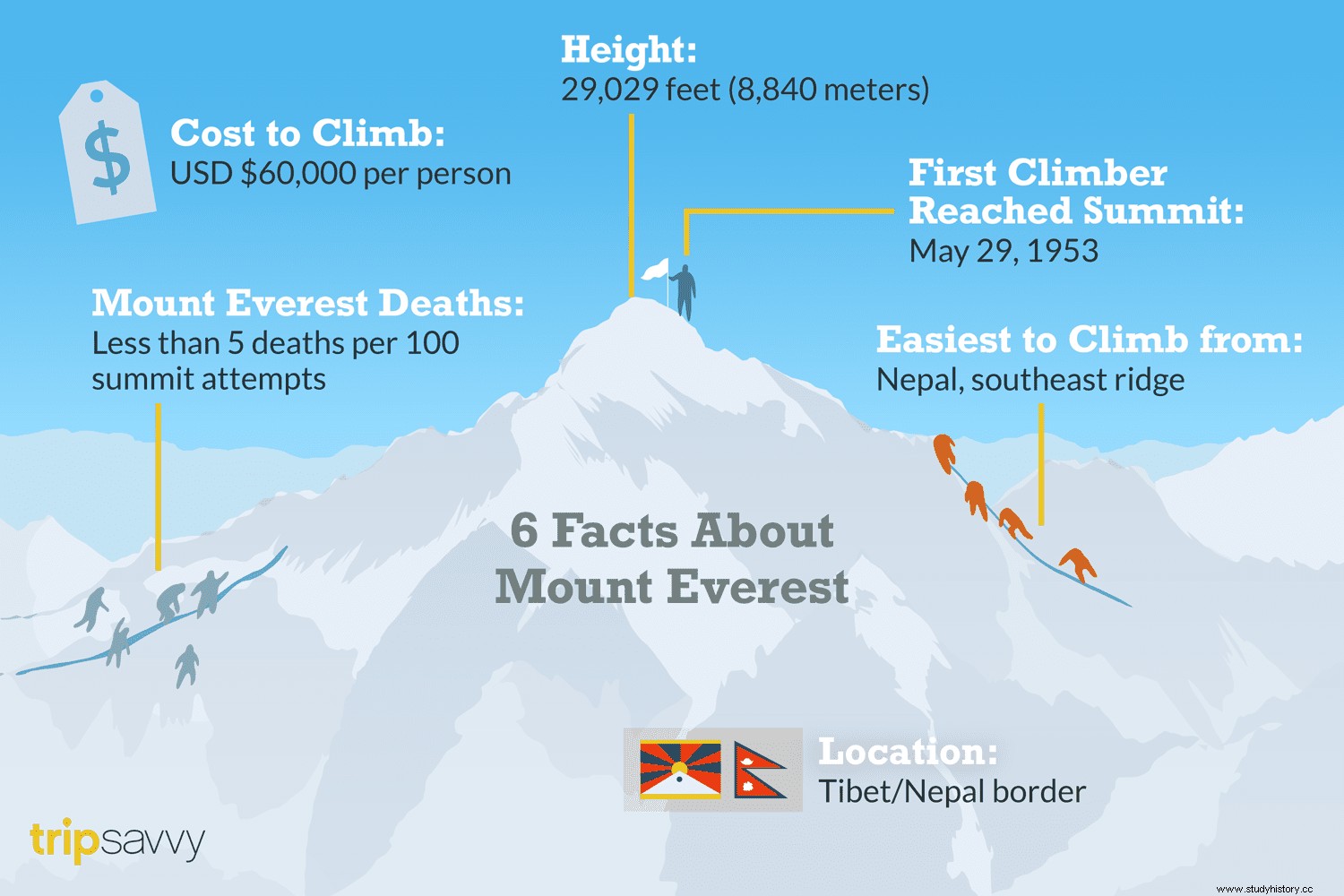
-
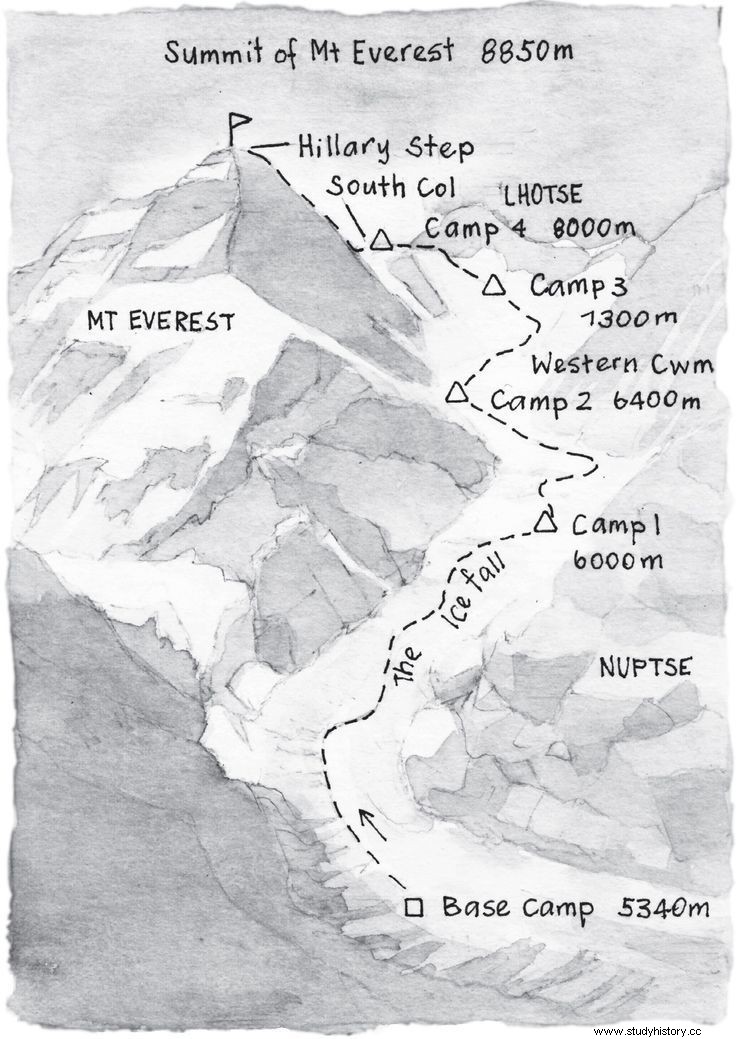
- credit:pinterest.com
A base camp is a camp from which rock climbing expeditions set out or from which a specific activity can be performed. The purpose of a basic camp is the main camp, which provides supplies, shelter and communication for people engaged in extensive activities, such as exploration, reconnaissance, hunting or rock climbing. However, you can not see Everest from the base camp until you start the trip.
How long will you stay at basecamp?
On average, there is a 14-day stay in the base camp, 8 days to trek to Lukla and 4 days to return. It also takes about 16 days to climb Mount Everest. All in all, it takes about nine weeks to climb Everest.
There are two base camps on Mount Everest, on opposite sides of the mountains:South Base Camp is located in Nepal at 5,364 meters, while North Base Camp is located in Tibet, China at 5,150 meters.
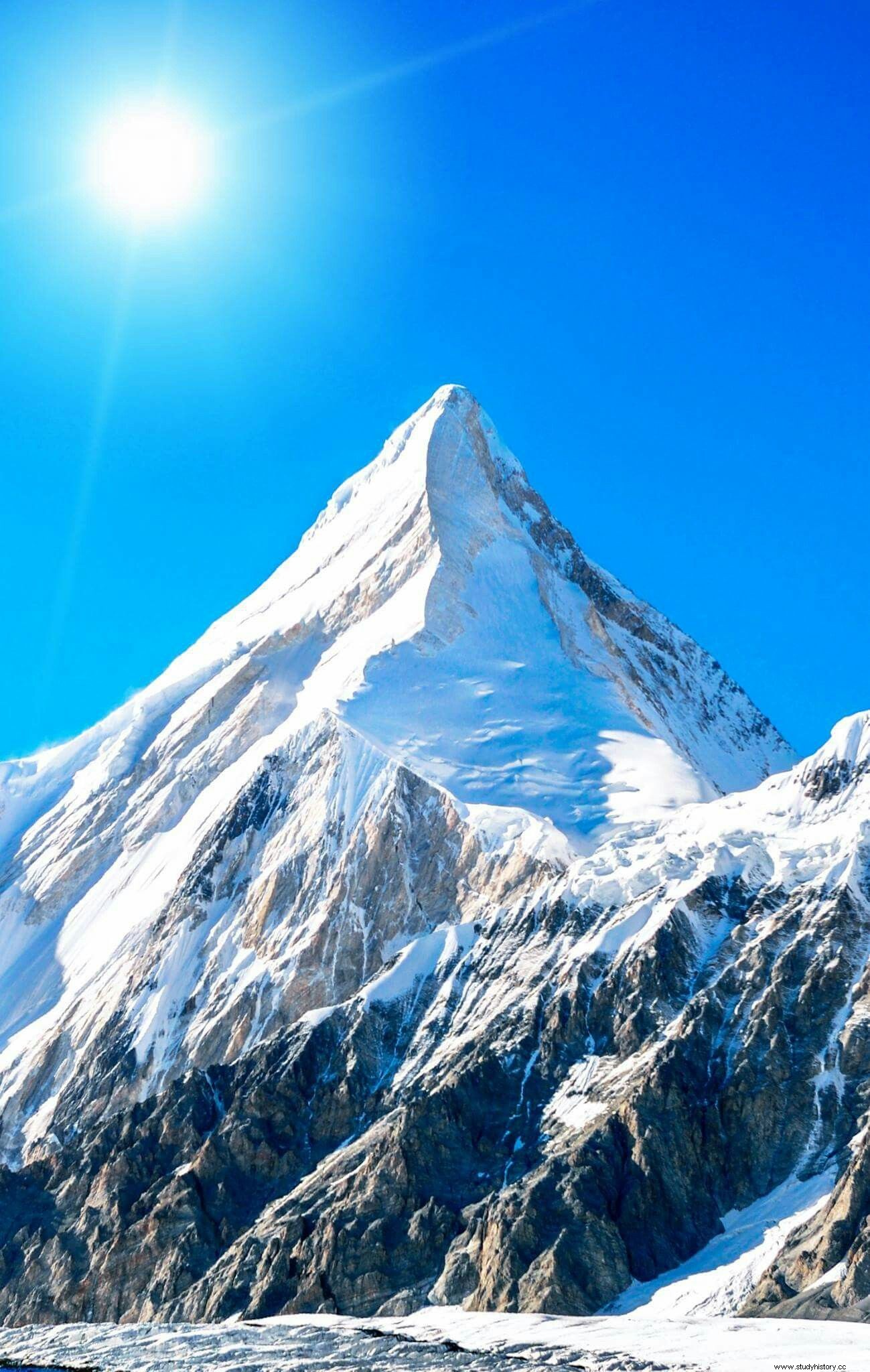
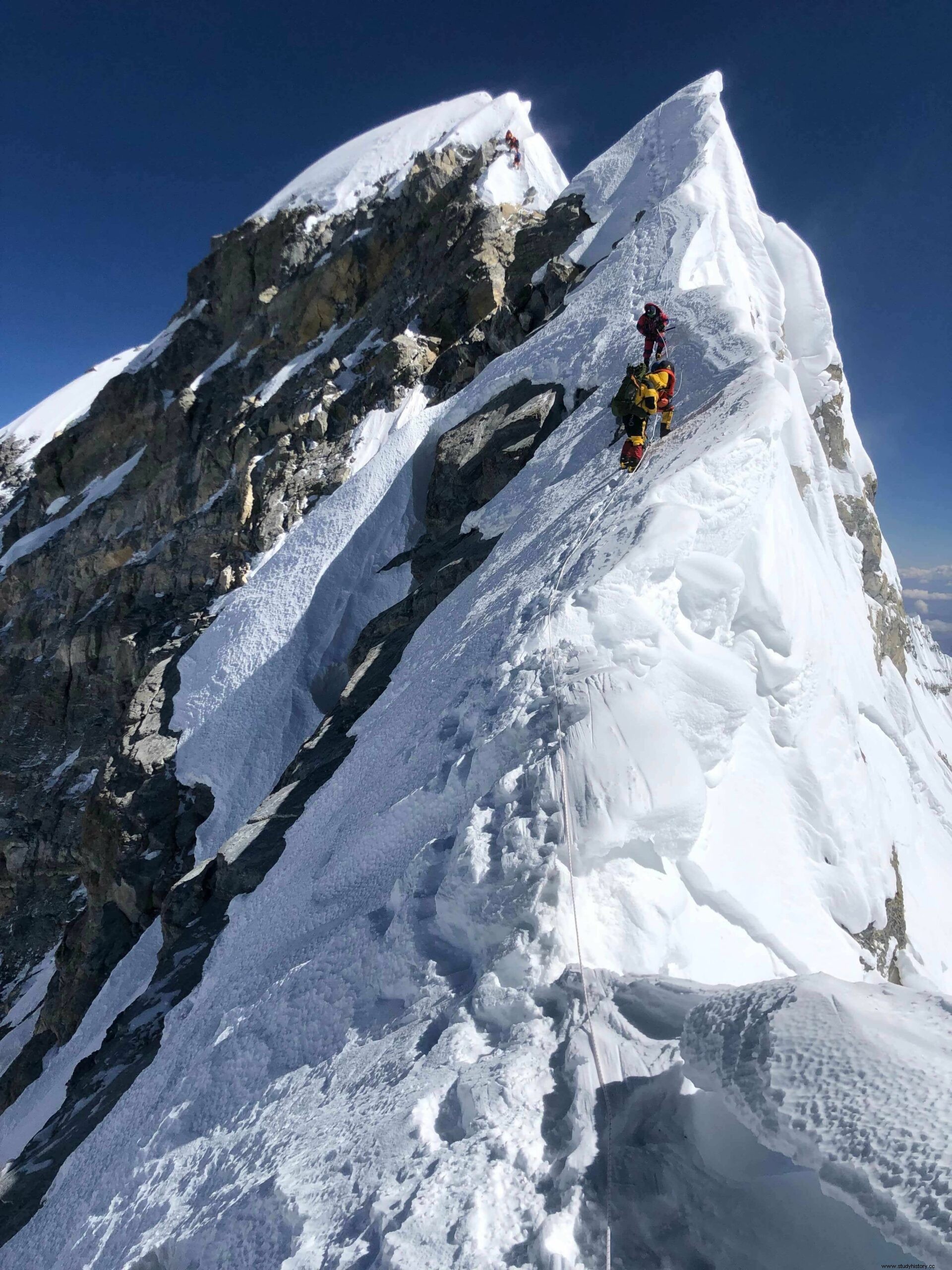
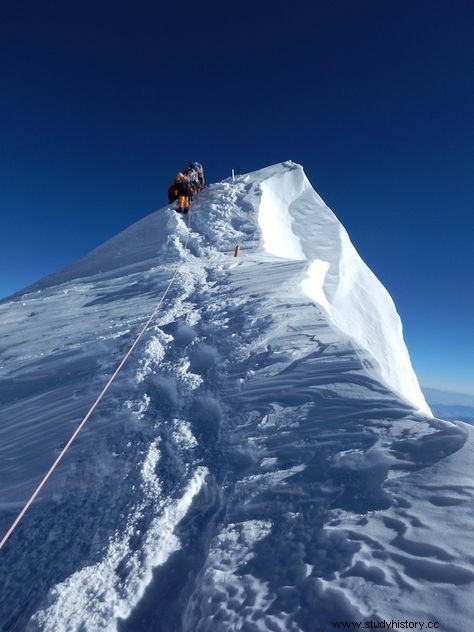
Although quite a few people have sustained injuries and an even lower number of people have died in the process, the climb to the top of Everest is achievable and definitely a good trip for self-discovery, or to tie that special person, and in the end, you will see that it was worth it to try to climb this giant mountain.
After all, "It is not the mountain we conquer, but ourselves." -Edmund Hillary.
Climbing down this mountain
Although there is still an argument about whether volcanoes should be classified as mountains, and whether volcanoes will eventually be excluded as mountains. Everest will regain the title of the highest and highest mountain on earth. But the earth is constantly changing both in climatic conditions and in the operation of continental plates, so we can only tell with time.
Really cool blogs to check out
Also check out this cool travel guide to some of the coolest volcano destinations:https://www.yoair.com/blog/travel-guide-volcano-destinations-around-the-world/
And if you're planning to climb Everest, check out this amazing blog:https://www.yoair.com/blog/travel-guide-planning-a-memorable-trip-to-the-mount-everest-base-camp -in-tibet /
or if you are more interested in rock climbing than the extreme conditions, check out:https://www.yoair.com/blog/popular-rock-climbing-destinations-around-the-globe/
And for an adrenaline-filled adventure, try:https://www.yoair.com/blog/travel-guide-the-bucket-list-for-an-adrenaline-rush-experience/
